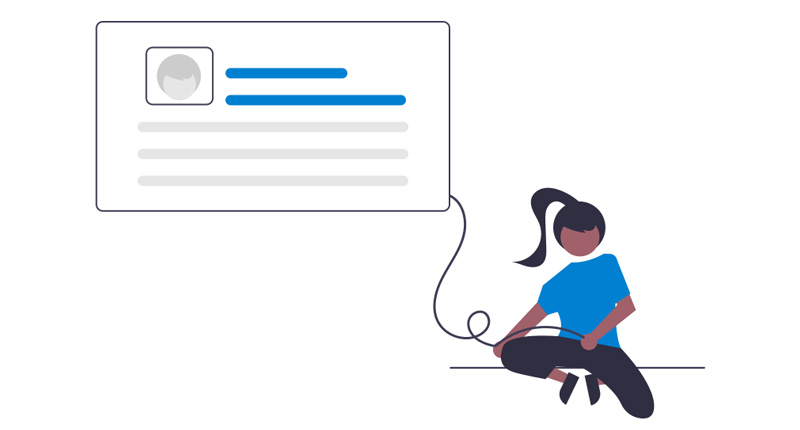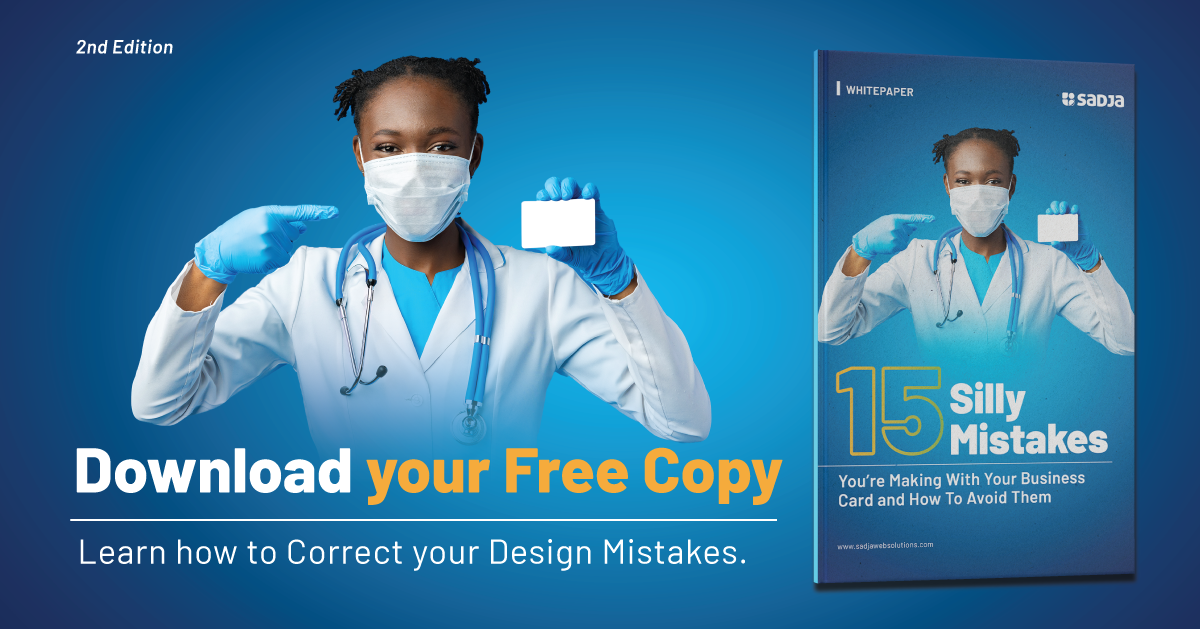Every day we interact with dozens of businesses, employees, and customers. But, it’s not enough to just interact. Even though speaking and interacting with them is an important step in building your business – sharing contact information, your brand’s call-to-action, and a sense of brand professionalism lays the foundation for success.
With that said, one of the easiest and most effective ways to relay that foundational information is through business cards.
Business cards are small (about the size of a credit card) and usually made of thick paper. They come in a variety of shapes and sizes and typically contain your business details such as your business name, your name, your position, your contact info, your company logo, and your slogan or call-to-action.
Business cards promote a personal touch when interacting with customers and business partners.

Today, a lot of businesses ignore their business cards; they don’t understand how this little marketing tool can be instrumental to the overall progress of their businesses. They think that the world has gone digital and hence they shouldn’t place much emphasis on a business card.
But despite the fact that we’re in a digital age, the business card remains your best bet when it comes to sharing your information with clients and prospects in a more personal manner. You want to look at their eyes, with smiles while you hand over your card to them.
This practice alone can create a lot of positive impressions about your business; something that you can’t achieve when you share information about your business digitally. When you share information about your business digitally, that personal effect that comes with it disappears. What’s important is not only sharing your business card, the more important thing is having a well-designed business card.
In this eBook, we’ll be talking about 15 mistakes businesses make with their business cards and how to fix them.




